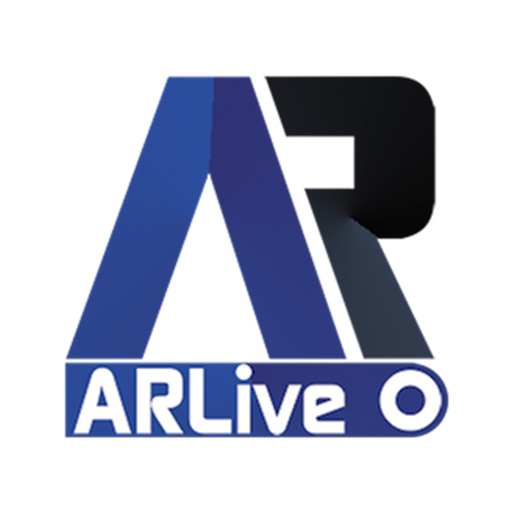What is marker-based augmented reality?
Augmented reality is a technology that allows adding virtual and 3D information to the real world. Markers are tools that record images and videos from the real world using cameras placed in smart devices, and this information is sent to the server. In this server, using complex algorithms and artificial intelligence, virtual and 3D information is added on the recorded images, and finally, using other markers, the final image is displayed to the user. This technology is currently used in many industries such as computer games, product design, medicine, education and other industries.

Augmented reality (Marker Based), is actually a type of augmented reality that uses a camera and a visual marker such as a 2D image or a QR code. When the camera detects a marker in the real world, it overlays 3D content on it.
In this way, you can add digital elements to your real world using the pointer.
For example: you can display a video or a 3D model on a business card with a pointer.
Marker-based augmented reality is commonly used for marketing and retail purposes. In fact, this type of augmented reality includes the display of images, 3D models and videos on a 2D target or business card.
Augmented reality applications based on markers
- Advanced Model Training: Imagine your students are studying human anatomy and their class is equipped with a dummy. They use their phones or tablets to scan the model and see a page of information about bones, muscles, organs and connective tissue.
Likewise, you may have an important piece of equipment that you want to teach your apprentices to use this way. This equipment contains many moving parts and explaining each of them to your students can take a lot of time from the professor. Instead, your augmented reality tool will help the knowledge receivers identify the parts. As they interact with the device, your AR tool can provide feedback to your learners and tell them if they are using the tool correctly.

Safety and Compliance Lesson: What if you wanted to use augmented reality to help your learners identify safety and compliance concerns in a new environment? For example, chemistry labs, industrial kitchens, and production floors are all areas that can be exposed to damage if knowledge workers make mistakes. When they are first introduced to this environment, you can use augmented reality tagging to draw attention to dangerous areas as well as places learners can go in the event of an accident or emergency.
By exploring the environment, finding and scanning different labels, and reading the information provided by your system, learners will have stronger memories to connect with the information they have learned. When working with dangerous equipment or facing a situation that requires quick thinking, they react faster based on hands-on learning.
Advanced Homework: Homework can often be a chore for learners. However, you can ask learners to scan the objects to learn more about them, or even have them enter the information yourself.
Augmented reality-based assignments for design can be difficult. However, user interaction often makes them more memorable – and thus more rewarding for learners. As such, these features are worth checking out.
Location-based use cases
Another major type of augmented reality content uses GPS technology to provide information based on the user’s location. While marker-based technology is flexible and portable, location-based necessarily provides a more physical connection to an environment. The possibilities opened up by this technology are significantly different from those offered by marker-based augmented reality. Here are some options for that.
4. Scavenger Hunt Game: Pokémon Go is easily the most famous augmented reality geolocation application. As a game that brought a virtual space into the physical world, it was truly revolutionary for many users. It is not surprising that this type of augmented reality will gain more acceptance in the e-learning environment.
For example, this type of augmented reality is finding more applications among guided tours. Museums or even cities use the location information on the user’s mobile phone to notify them of important information when they are near an exhibition or famous site. This can be easily visualized for learners. Using location data, educators can set up various location-based activities to aid learning.
5. Augmented campus and workplace tours: Orientation is a huge application for augmented reality technology, from large organizations to universities. Not only does this help new hires and interns feel safe in their new environment, but it also helps the intern explore their new location and learn more about what it has to offer.
Most official orientation tours only go so far. Augmented reality can bridge the gap by providing an experience tailored to the user’s needs. And it can do this without draining human resources.


